How to document flood damage
Recovery begins once floodwaters recede. If you have flood insurance, you don’t have to go through it alone.
When it’s safe to return home, act quickly to document flood damage. Early action can support your flood insurance claim and gets you on the road to recovery.
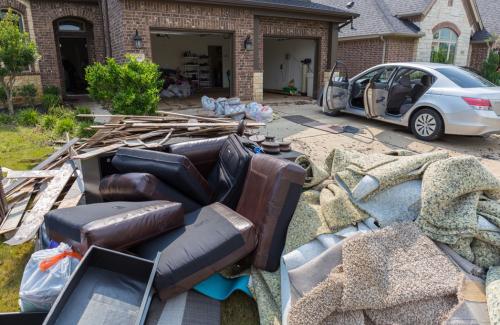
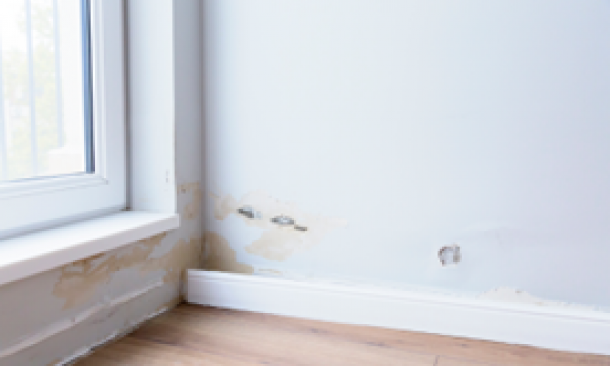
Document everything before you start cleanup
Take clear pictures and videos of damaged items before cleaning, fixing or throwing them out. Capture wide shots and close-ups of walls, floors and furniture. Remember to record serial numbers from electronics and appliances to support your claim.

Hold onto damaged materials and repair receipts
Keep small samples of damaged materials for the insurance agent, they will help prove your losses. If you start repairs before you receive your claim, save all of your receipts for repair costs and newly purchased items.
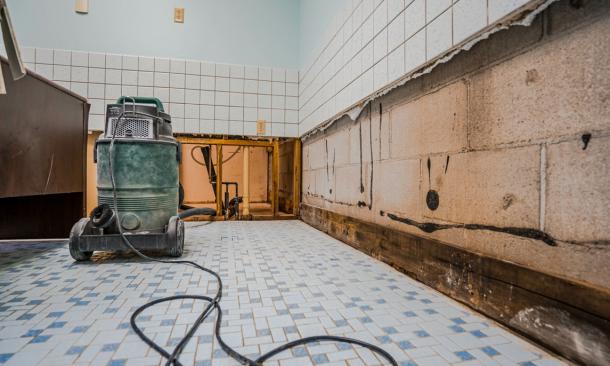
Choose qualified repair services
Select a reputable repair service to ensure your home is fixed safely. Avoid scams by checking the service provider’s qualifications and references.
Stop mold before it spreads
FAQs about documenting flood damage and mold
You may be unable to enter your home right after a flood, which can delay mold cleanup. Your NFIP flood insurance policy may cover mold damage if:
- Officials have restricted access due to hazards like fallen trees, power lines or damaged roads.
- Floodwater is still inside or around your home, making it unsafe to inspect or clean.
Contact your insurance provider as soon as possible after a flood to check your coverage and next steps.
Photos and videos are key for your flood insurance claim. Be sure to capture:
- Water levels on walls, furniture and appliances.
- Structural damage to floors, ceilings and foundations.
- Serial numbers on damaged electronics and appliances.
After taking photos, immediately throw away anything that could be a health risk, like spoiled food or moldy clothing, cushions and pillows.
Keeping samples and receipts helps prove flood damage and supports your claim. Save things like:
- Small pieces of damaged carpet, drywall or insulation.
- Receipts for repairs and replacement items.
- Warranty or manufacturer details for replaced appliances.
Choosing a reliable repair service ensures your home is restored safely. Before hiring:
- Get multiple estimates in writing.
- Check for proper company licensing and insurance.
- Talk to your insurance provider before signing a contract or submitting payment.
If a service demands full payment before starting, it may be a scam. Consider other options.
Flood cleanup can expose you to mold, debris and other hazards. Stay safe by:
- Turning off electricity and gas before going inside to avoid fire or injury.
- Having a qualified expert inspect your home before turning power back on.
- Wearing protective gear like gloves, goggles and an N-95 mask.
- Placing portable generators outside and away from the home to prevent carbon monoxide poisoning and fire risks.
- Ensuring mold cleanup is fully completed before moving back in.
Following these steps will help keep you and your family safe during recovery.
Helpful resources for preparing for and recovering from a flood
-
What to do before a flood
Image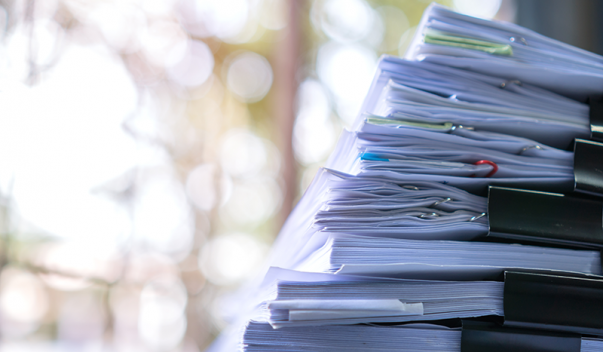
Stay safe by protecting valuables and storing important documents before a flood is imminent.
-
Start a claim to start recovery
Image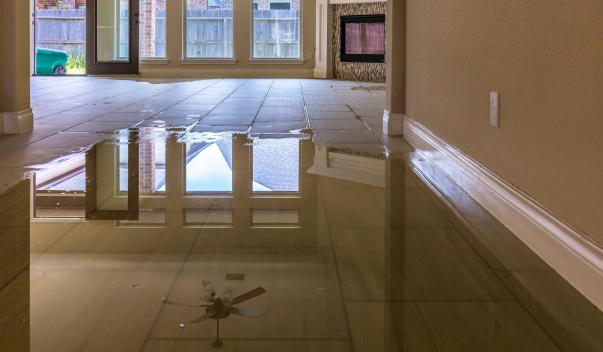
Learn what flood insurance covers and find out how flood insurance claims work.
-
Need to appeal your claim?
Image
Understand your rights and how to challenge a flood insurance claim decision.
